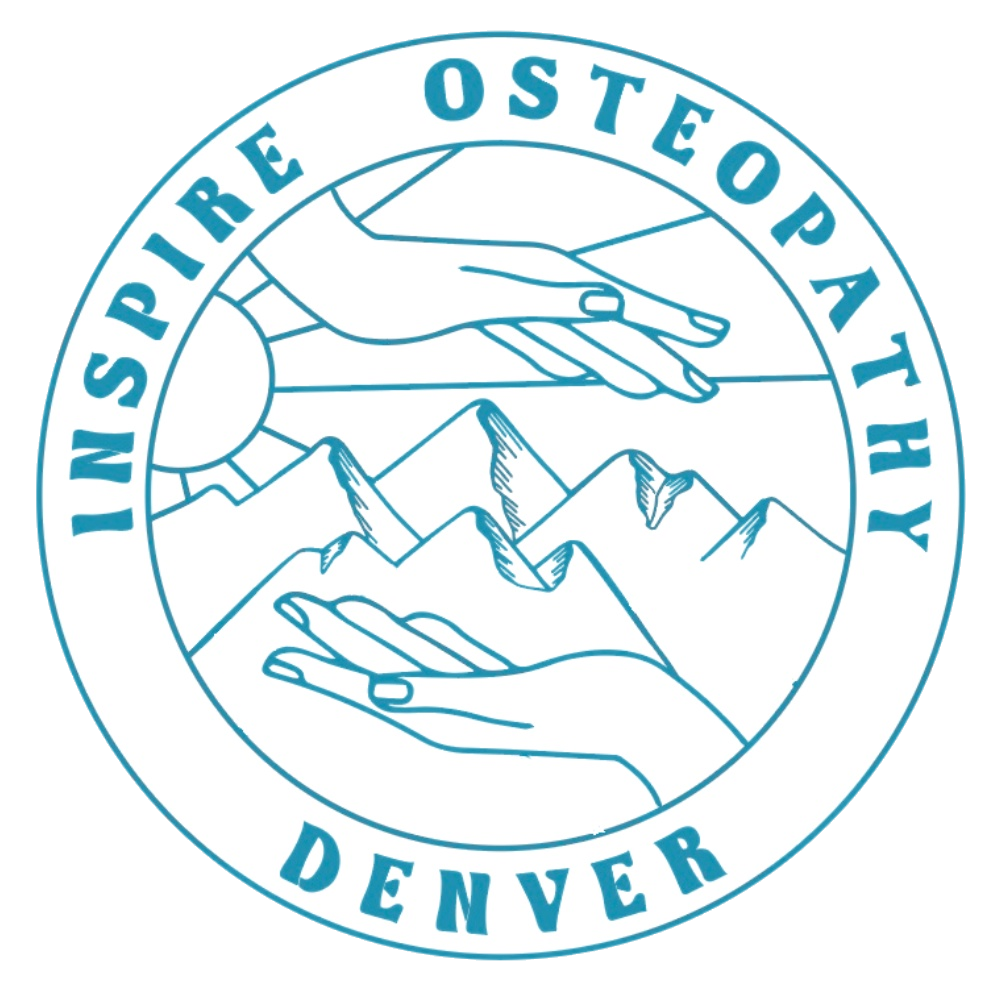Why choose a DO for “bodywork”?
We’ve studied… a lot
After earning a 4-year bachelor’s degree, DOs have graduated from a 4-year, US-accredited osteopathic medical school, as well as 3+ years of residency. We’ve passed some of the toughest professional tests in the world. As fully-licensed physicians, we are authorized to prescribe medications, order lab tests, and do imaging studies when needed.
In medical school, we earned hundreds of credit hours in anatomy, physiology, pathology, pharmacology, and embryology. In addition, DOs have hundreds of hours of hands-on training in the application of osteopathic manipulative medicine. As medical students, we’ve delivered babies, scrubbed in on cesareans, assisted in surgeries, participated in primary care and specialty clinics such as neurology and endocrinology, and helped manage patients in emergency departments, critical care, and medical/surgical floors in adult and pediatric medicine.
We’ve experienced… a lot
After graduation from medical school, DOs go on to specialize in residency training. You might have had a DO as your primary care physician, emergency medicine physician, radiologist, anesthesiologist, or surgeon, as most of us are indistinguishable from our MD colleagues.
Few DOs specialize in hands-on osteopathic treatment, and even fewer of us are residency-trained and board-certified in osteopathic neuromusculoskeletal medicine (ONMM). Some DOs/MDs will complete a residency (in something such as family medicine or pediatrics), and add on one additional year to be board-certified in ONMM.
Others of us (Dr. Lopez and Dr. Curtis) spend one year in a traditional internship and two years in the application of ONMM. In our traditional rotating internship, where we rotated through a variety of inpatient services, managing patients in trauma, surgery, critical care, general medicine, obstetrics, emergency medicine, pediatric emergency medicine, as well as outpatient services including family medicine, rheumatology, neurology, pain management, etc. We were an integral part of the medical team, gaining experience in acute care as well as outpatient management.
The next two years were spent with hand-over-hand guidance from attending physicians with decades of experience in how to apply osteopathic manipulative medicine in a variety of situations. In conjunction with more traditional medical or surgical management, we treated ventilated patients in the ICU, hours-old babies in the newborn nursery or NICU, postpartum mothers, trauma and surgical patients, all with our hands to help optimize structure and function. We have seen the potency of osteopathy in very acute, life-threatening situations. We also have seen the potency of osteopathy in acute and chronic situations in our outpatient clinics. With guidance from our attending physicians, we discussed not only how to treat the patients, but why were treating the patients, the goal of our treatments, and most importantly, when to not treat a patient with OMM.
Our visits are comprehensive
We spend time with you. We start with a detailed history. We want to know about you, not just your symptoms. We perform a detailed physical exam. We don’t concentrate only on what is asymmetrical, we want to sense the quality of motion present. We read the whole body, not just a few areas. We seek to understand why the pelvis is rotated, for example, not jam it back where we think it should go. Our physical exam guides the osteopathic treatment that can be very subtle and passive or more obvious large ranges of joint motion with muscle effort. After our treatment, we discuss your next steps, which may include some simple exercises or stretches, a recommendation of a nutritional supplement, and sometimes medications. We provide recommendations of other providers for a collaborative team approach, including IBCLCs, myofunctional therapists, dentists, OTs, PTs, or SLPs.
We collaborate

As the saying goes, “a jack of all trades is a master of none.” We do not claim to do it all. With a detailed knowledge of anatomy, and the application of hands-on osteopathic manipulation, we find that we can uncover the root causes of many things, but that doesn’t mean you might not need help from other experts. We have a trusted list of providers in our community that collaborate to help our patients restore their health.
We’ve seen… a lot
Unique to our profession, we have seen the benefit of applying hands-on osteopathic techniques in acute situations. As part of our training, we’ve treated newborns minutes after they were born, premature babies in the NICU, and children hospitalized for various reasons at all stages of health. We’ve treated people hours after surgeries, traumas, through cancer treatments, in nursing homes, on ventilators, on life support, in the process of delivering babies, and moments before they’ve passed away. Osteopathy isn’t simply about correcting subluxations, it’s about manifesting health and freeing oneself of restrictions holding onto disease. Osteopathy can be gently applied at all stages of life.

